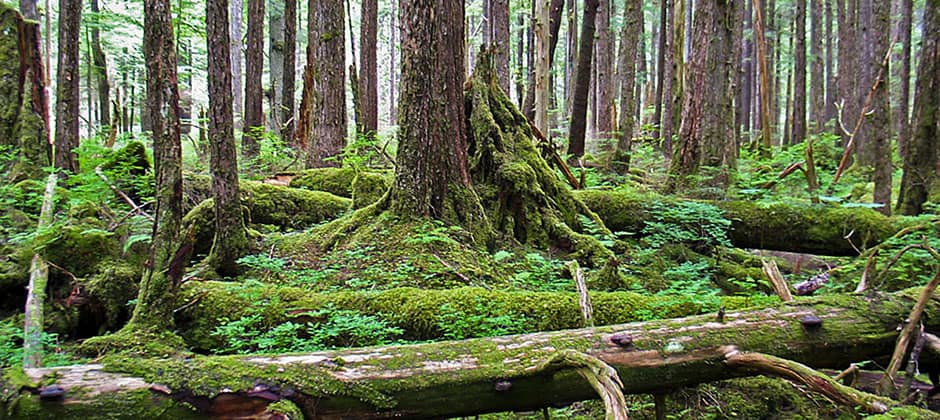Share this article
Administration’s regulatory agenda would affect wildlife
Many of the anticipated rules released by the White house Office of Management and Budget’s semiannual Unified Agenda of Regulatory and Deregulatory Actions will affect The Wildlife Society’s conservation priorities. These potential rule changes will be made during the last year of the Trump administration’s current term.
The Department of the Interior is planning to develop a new rule to “address wild horse and burro management challenges by adding regulatory tools that better reflect the Bureau of Land Management’s (BLM) current authority.” The goal is to facilitate new management strategies and priorities not in use when the regulations were first drafted, such as fertility control vaccines, managing for non-reproducing herds, and caring for unsold and unadopted animals at off-range corrals and pastures. It would also “clarify ambiguities and management limitations in the existing language.”
The U.S. Fish and Wildlife Service is expected to release well over 100 regulation changes, many reclassifying individual species under the Endangered Species Act or designating critical habitat, and others tackling broader issues. For example, the agency will publish regulations implementing the administration’s new limited interpretation of the Migratory Bird Treaty Act (MBTA). In December 2017, the Interior Department changed its interpretation of the law, issuing an opinion stating that the MBTA does not apply to unintentional “take.”
The Fish and Wildlife Service will also issue a notice of proposed rulemaking for a new regulation that will define habitat under the Endangered Species Act, a move that had been announced earlier this year, as the agency made other changes to ESA regulations.
In January, the administration will release the final revised definition of the “waters of the U.S.” under the Clean Water Act. In May, The Wildlife Society joined with the American Fisheries Society to submit comments opposing the proposal to redefine “waters of the U.S.,” the phrase that determines whether the Clean Water Act applies to a stream, wetland or other waterway.
The National Park Service will finalize a rule aligning the federal regulations governing hunting and trapping in national preserves in Alaska with state laws and regulations by removing 2015 regulatory restrictions against (1) using artificial light at den sites to take black bear ; (2) harvesting brown bears over bait; (3) taking wolves and coyotes during the denning season; (4) taking swimming caribou; (5) taking caribou from motorboats under power: (6) taking black bears over bait and (7) using dogs to hunt black bears.
In June, the U.S. Forest Service will issue a rule finalizing the proposal exempting Alaska’s Tongass National Forest from the 2001 Roadless Area Conservation Rule, which prohibits logging and related activities such as the construction of roads and logging within inventoried roadless areas.
Read TWS’ Issue Statement on Feral Horses and Burros in North America.
Read TWS’ comments on the 2015 proposed rule defining “waters of the U.S.”
Read the brief TWS and partners submitted to the U.S. Supreme Court in 2006 in a Clean Water Act case.
Header Image: The final Alaska Roadless Rule is among the regulations expected from the administration in the coming year. ©Zug Zwang








